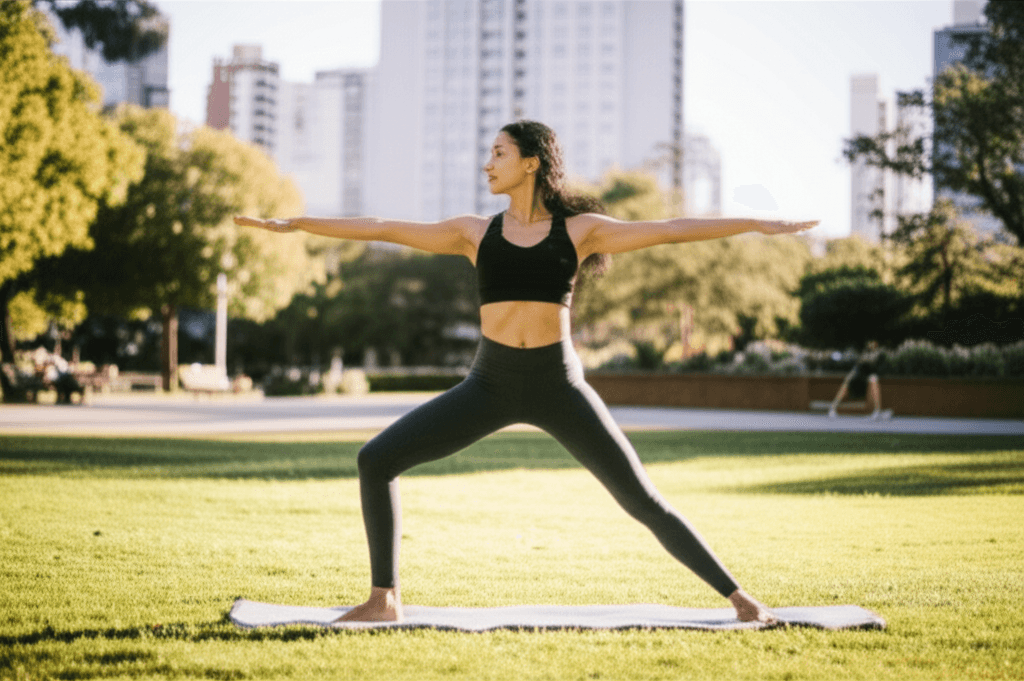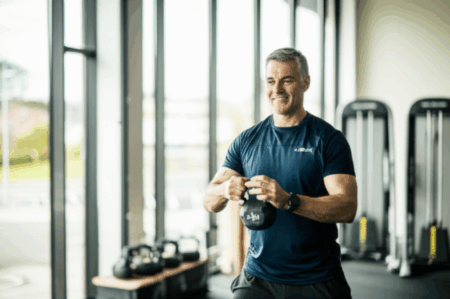In an age where demanding schedules often leave little room for traditional hour-long gym sessions, a new fitness philosophy is gaining significant traction: microdosing exercises. Far from being a fleeting trend, this approach offers a practical and scientifically supported way to weave physical activity into daily life, proving that even small bursts of movement can lead to substantial health benefits. Could these bite-sized workouts be the fitness shortcut you’ve been searching for?

What Exactly Are Microdosing Exercises?
The term “microdosing” originally referred to taking tiny, sub-perceptual amounts of substances like psychedelics to enhance mood or performance. In the realm of fitness, it has been adapted to mean incorporating much lower “doses” of exercise into your day, still reaping significant benefits. Essentially, microdosing exercises involve breaking down physical activity into small, manageable chunks—typically ranging from 2 to 15 minutes—and scattering them throughout your day. It champions the idea of “doing something rather than nothing,” integrating movement into your routine where it fits.
This approach has become particularly popular for busy individuals who struggle to dedicate long, uninterrupted blocks of time to fitness. It’s about optimizing movement, making exercise less intimidating, and ensuring that fitness goals remain achievable even amidst a hectic lifestyle.

The Compelling Benefits of Bite-Sized Movement
The effectiveness of microdosing exercises is backed by a growing body of research, revealing a surprising array of health advantages:
Enhanced Cardiovascular and Respiratory Health
Studies have shown that even short, intense bursts of activity, like climbing stairs in three brief sessions a day, can significantly improve cardiorespiratory fitness in previously sedentary adults. Furthermore, research indicates that just one to two minutes of vigorous activity, sprinkled throughout the day, is linked to a lower risk of early death and heart ailments. A 2019 review of 19 studies involving over 1,000 participants found that multiple shorter “chunks” of exercise throughout the day improved heart and lung fitness and blood pressure as much as, or even more than, a single longer session.
Mental Well-being and Cognitive Boost
Beyond physical gains, microdosing exercises offer a healthy “snack” for mental health. These short activities are known to help lower stress and anxiety, and can lead to improved focus and mood. The consistent, even brief, engagement in physical activity can provide mental breaks and a sense of accomplishment, fostering a positive mindset throughout the day.
Accessibility and Reduced Intimidation
One of the most powerful benefits of microdosing workouts is their accessibility. In an increasingly sedentary world, where the World Health Organization (WHO) reports that a significant percentage of adults and adolescents aren’t getting enough movement, microdosing offers a flexible and free solution. It’s less daunting than a structured gym routine, making it an ideal entry point for beginners to reintroduce fitness into their daily lives. This approach empowers individuals to start where they are, building momentum and confidence with small, consistent victories.
Potential for Weight Management and Cholesterol Improvement
While not a “magic pill” for significant weight loss on its own, especially if not combined with dietary changes, some evidence suggests that multiple shorter exercise chunks can contribute to weight loss and lower cholesterol levels. The key often lies in increasing the intensity of these shorter bursts, making each minute count.

Integrating Microdosing Exercises into Your Daily Routine
The beauty of microdosing is its adaptability. Here’s how you can seamlessly weave these effective bursts of activity into your day:
Strategically Placed Movement Breaks
- Morning Wake-Up: A 5-10 minute stretching routine or a quick set of bodyweight squats and push-ups while your coffee brews.
- Workday Boosts: Take a brisk 10-minute walk during your lunch break. Incorporate standing desk stretches or a few rounds of lunges between meetings.
- Household Chores as Workouts: Transform everyday tasks into active movement. Chores like mopping and vacuuming can offer a similar physical demand to a brisk walk, contributing to your moderate-intensity minutes.
- Evening Wind-Down: A 15-minute Pilates or yoga session before bed can improve flexibility and aid relaxation.
Embrace Incidental Activity
Don’t underestimate the power of unplanned, everyday movements. Playing actively with children or pets, opting for stairs instead of elevators, or walking to the bus stop are all forms of microdosing that add up over time. Hunter Bennett from UniSA highlights how even a dash for the tram or a sprint up the stairs can count as exercise.
Focus on Intensity when Time is Short
To maximize the benefits of shorter sessions, aim for higher intensity. As research suggests, the shorter your exercise session, the harder you might need to push. For instance, one minute of maximal intensity exercise could be equivalent to two minutes of moderate intensity. This “bang-for-your-buck” approach is crucial when time is limited.

Who Can Benefit from Microdosing Workouts?
Microdosing exercises are suitable for a wide range of individuals:
- Busy Professionals: Those with demanding jobs and packed schedules who struggle to find time for traditional workouts.
- Beginners: It offers a less intimidating entry point into fitness, helping to build consistency and confidence.
- Individuals with Limited Mobility or Time: For anyone finding full workouts challenging due to physical limitations or time constraints, microdosing provides a flexible alternative.
- Anyone Seeking Increased Overall Activity: Even those who regularly exercise can use microdosing to supplement their main workouts and counteract sedentary periods.

Important Considerations and the “Golden Rule”
While microdosing exercises are highly beneficial, it’s important to keep some caveats in mind:
- Not a Magic Pill for Weight Loss: While it can contribute, it’s generally not sufficient for significant weight loss on its own without complementary dietary changes.
- Maintain Proper Form: Short bursts of intense exercise performed with incorrect form can lead to injuries. Always prioritize correct technique.
- Specific Training Goals: If you’re training for a marathon or a specific athletic event, longer, more structured sessions will still be necessary to prepare your body for those demands.
- WHO Guidelines Still Apply: The World Health Organization recommends adults aim for at least 150 minutes of moderate-intensity aerobic activity or 75 minutes of vigorous-intensity aerobic activity per week, along with muscle-strengthening activities at least twice a week. Microdosing can help you accrue these minutes, but ensure your total weekly activity meets these recommendations for optimal health.

The Future of Fitness is Flexible
Microdosing exercises represent a powerful shift in how we perceive and integrate fitness into our lives. In 2025, the focus is increasingly on a general sense of fitness and consistent movement, rather than solely on achieving extreme physical benchmarks. By embracing small, consistent bursts of activity, individuals can significantly improve their physical and mental health without needing to overhaul their entire routine. It’s about proving that every moment of movement counts, and that over time, these “micro-doses” add up to macro-benefits for a healthier, more active life.







